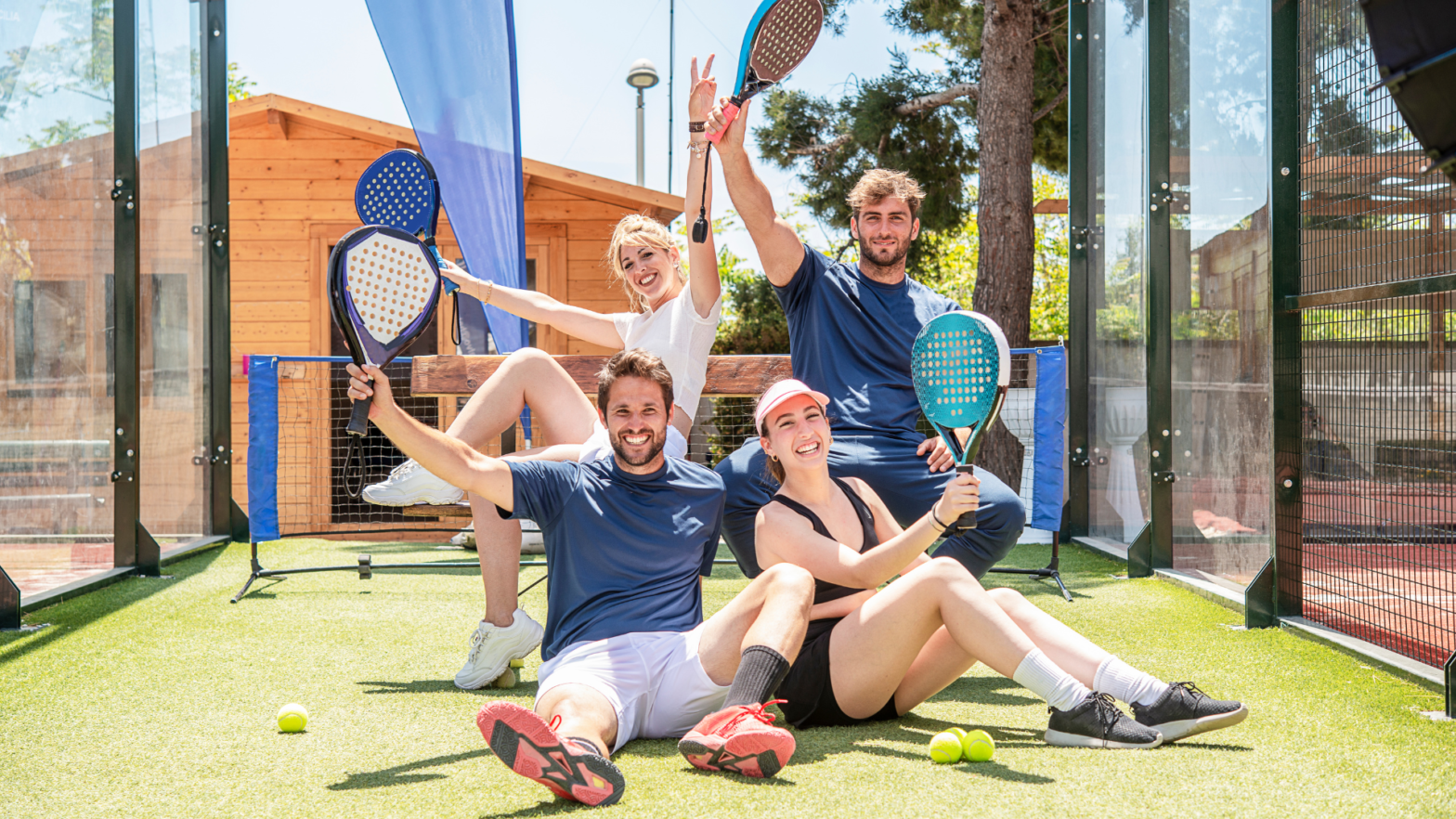Padel is a very well-known game, particularly popular in Spain and southern Europe. Marbella, located on the south coast of Spain, is one of the most important padel centres in the region, with many clubs and courts available for players.
What is the padel game?
It is a relatively young sport, having only been played en masse since the 1980s. The game is very popular in Spanish-speaking countries, where it ranks second in terms of popularity – just after football. At the time of the pandemic, padel was booming in Spain, as it was the only one of the few group sports that could be played without a mask. Many places offer this form of entertainment, making it increasingly popular.
It is a discipline that combines elements of tennis and squash. The advantage of padel is that physical conditions do not play so much part in it. It is always played in pairs, making it easy to ‘cover’ the entire court. The sport is not as technical as tennis or as demanding as squash. Padel is also a great sport for seniors and injured people. Knowing the basics of the game and accurately predicting the flight path of the ball after bouncing off the walls, the player does not need to do much running.
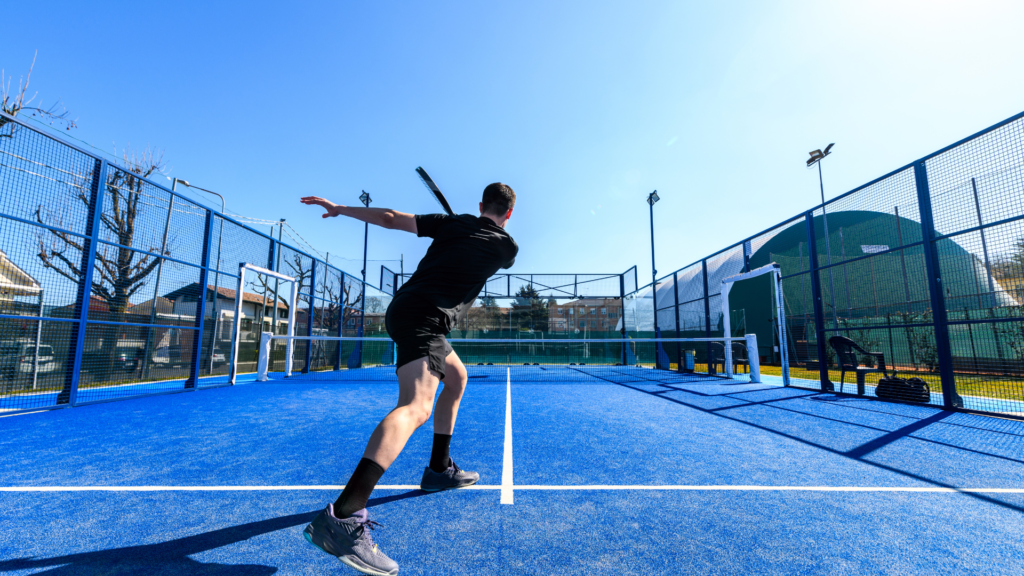
History has fallen
The sport was born in Mexico in the 1960s and was the brainchild of Mexican millionaire Enrique Corcuera, who wanted to create a new sport that could unite his family and friends. Corcuera used elements from tennis and squash, as well as other ideas that came into his head, to create a new sport. The name ‘padel’ comes from the word ‘paddle’, which means a racket used to play the game.
Initially, padel was played on private courts, but in the 1970s it spread around the world, especially in Spain, where it became one of the country’s most popular sports. Spanish players made further modifications to the game, including reducing the court size and the number of players from four to two. This version of the game became known as padel, a name that is still used in most countries around the world. Padel, being popular in Spain, quickly spread to other European countries, including France, Portugal, Italy and Belgium.
In 1991, the Federación Internacional de Padel (FIP) was founded with the task of organising and developing the sport on an international scale. Today, padel is one of the fastest growing sports in the world – popular in more than 90 countries. It has also grown in importance as a recreational sport as well as a professional sport, with tournaments played around the world and numerous professional players competing for prize money.
Due to its simplicity and ability to be played on a variety of surfaces, padel is accessible to people of all ages and skill levels, which has contributed to its popularity. In recent years, padel has experienced a surge in popularity around the world, with new courts being built in many countries, including the United States, Canada and Australia. In Spain, there are now more than 9,000 padel courts and more than 5 million players.
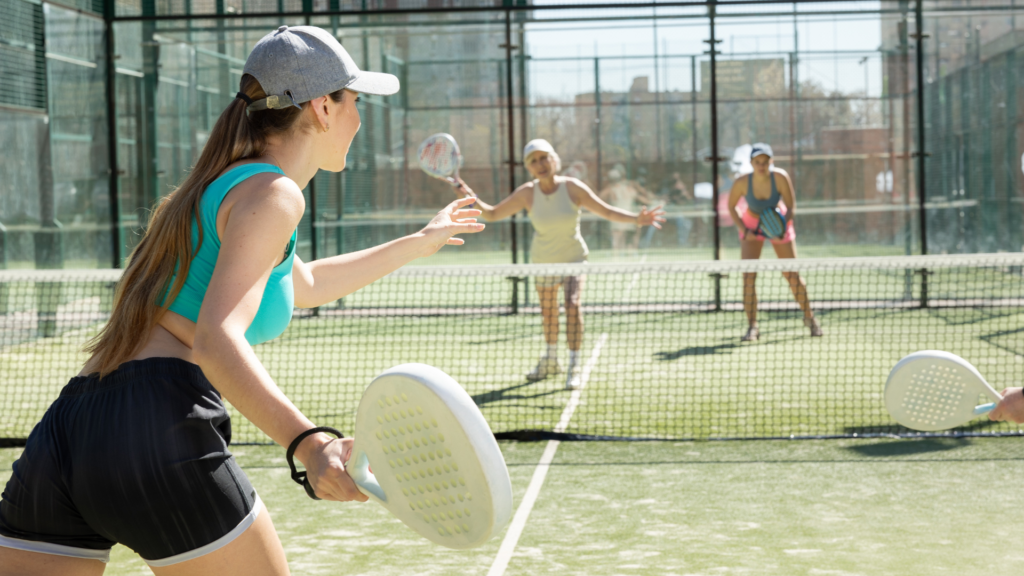
Rules of the padel game
Matches are played on special courts measuring 20×10 m. Their characteristic feature is that they have four walls. Most often the back ones are made of toughened glass and the sides are made of fencing mesh. Players use special racquets and balls identical to those for tennis, but with less pressure inside. The game consists of hitting the ball with the racket in a way that makes it as difficult as possible for the opponent to bounce it. During the exchange, the ball can only bounce once in the field on one side. The ball can be bounced in three ways: with a volley, i.e. without the ball making contact with the court, after the ball has bounced once on the court or after the ball has bounced consecutively off the court and off the wall. In a paddle, the player has the opportunity to correct a missed serve – in other words, we have a so-called second serve.
The scoring is the same as in tennis. We count each ball won as follows: 15, 30, 40 and a game. If the score is 40-40 (equilibrium), a so-called deciding point is used – the receiving side chooses which side the serving player is to play and the pair winning the point wins the game. Alternatively, by prior arrangement, it is possible to play the traditional “advantage game” until two wins in a row by one of the teams. A padel match is usually played to two sets won.
A popular form of paddle play is known as mixing. They are played on multiple courts and pairs are chosen at random. One set is played, with everyone stopping their duel when they win. The winning pair moves to the better level court and the losing pair moves to the lower level court – new pairs are formed to play the next set. In this way, everyone plays against everyone else, and the players who end up on the court with the highest level win.
One of the paddle’s greatest strengths is that it is easy for people of all ages to learn, the ball does not fly out of bounds and the short racquet is easy to manoeuvre. This results in a flowing game. Like all racquet sports – through its interval dimension – it strengthens the heart, reduces stress and provides endorphins.
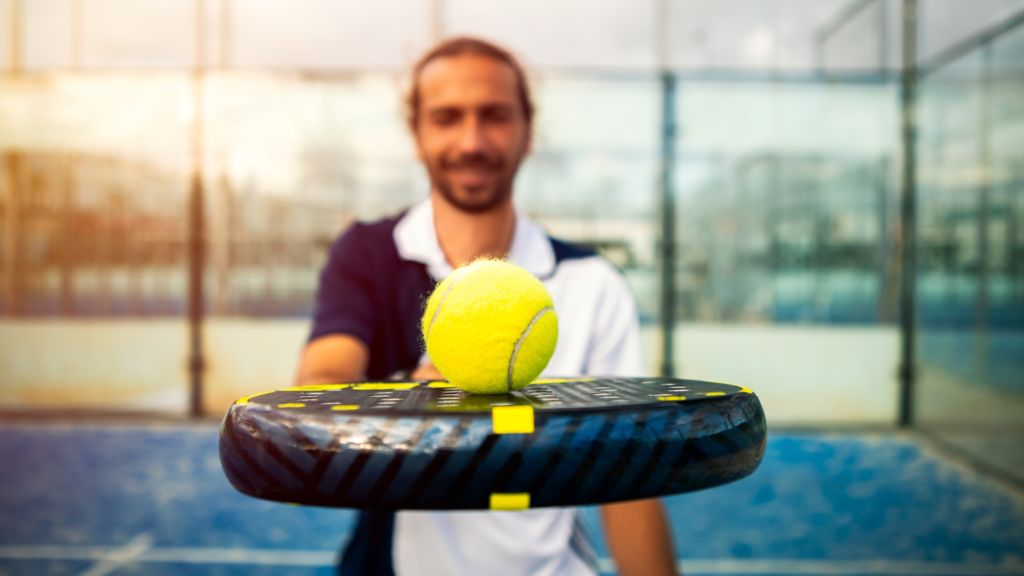
Padel in Marbella
One of the initiators of padel in Spain was Marbella promoter Prince Alfonso de Hohenlohe, who built the first court at the Marbella Club Hotel and thus introduced the sport to the Costa del Sol in the late 1970s. The Marbella Club is a luxury resort, located in the heart of Marbella, and is regularly visited by celebrities. The owner of the resort, Prince Alfonso of Hohenlohe, was a great supporter of padel and helped popularise the sport in the area. The Marbella Club still has several courts for the sport today and is considered one of the main destinations for padel enthusiasts in Spain.
The great popularity of the padel in Spain has led many investors of new properties on the Costa del Sol to include a space for pitches in the development plan of residential complexes. However, if you have decided to buy a property in Marbella or holiday here in a location without a dedicated padel space, we recommend some sports centres where you can successfully spend your free time with a racquet in hand.
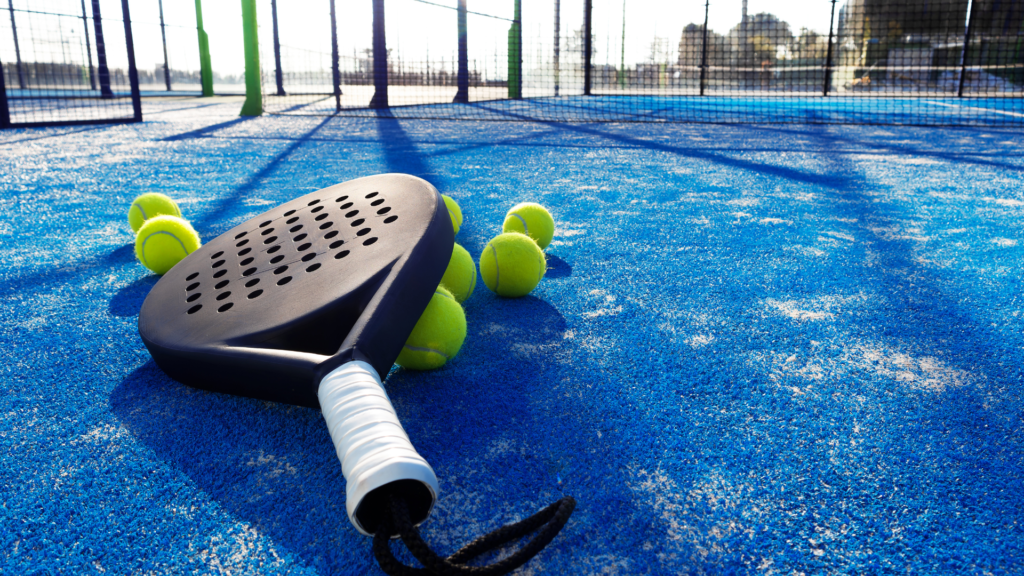
- Los Monteros Racket Club | Tennis & Padel
- Racket Club Los Granados
- Royal Tennis Club Marbella | Tennis, Padel & Fitness
- Villa Padierna
- Pádel and Tennis Club Nueva Alcántara
- Aloha tennis and Paddle Club
- Club Internacional Tennis Marbella
- Bel Air Tennis Club
- Estepona Club de Tenis y Pádel
- Las Mesas Paddle Club
- Los Reales Club
- Villa Padierna Paddle
Marbella and the Costa del Sol are places that offer a multitude of leisure activities, including sports. In addition to the padel, you will find excellent golf resorts or many schools for learning water sports at all levels.

